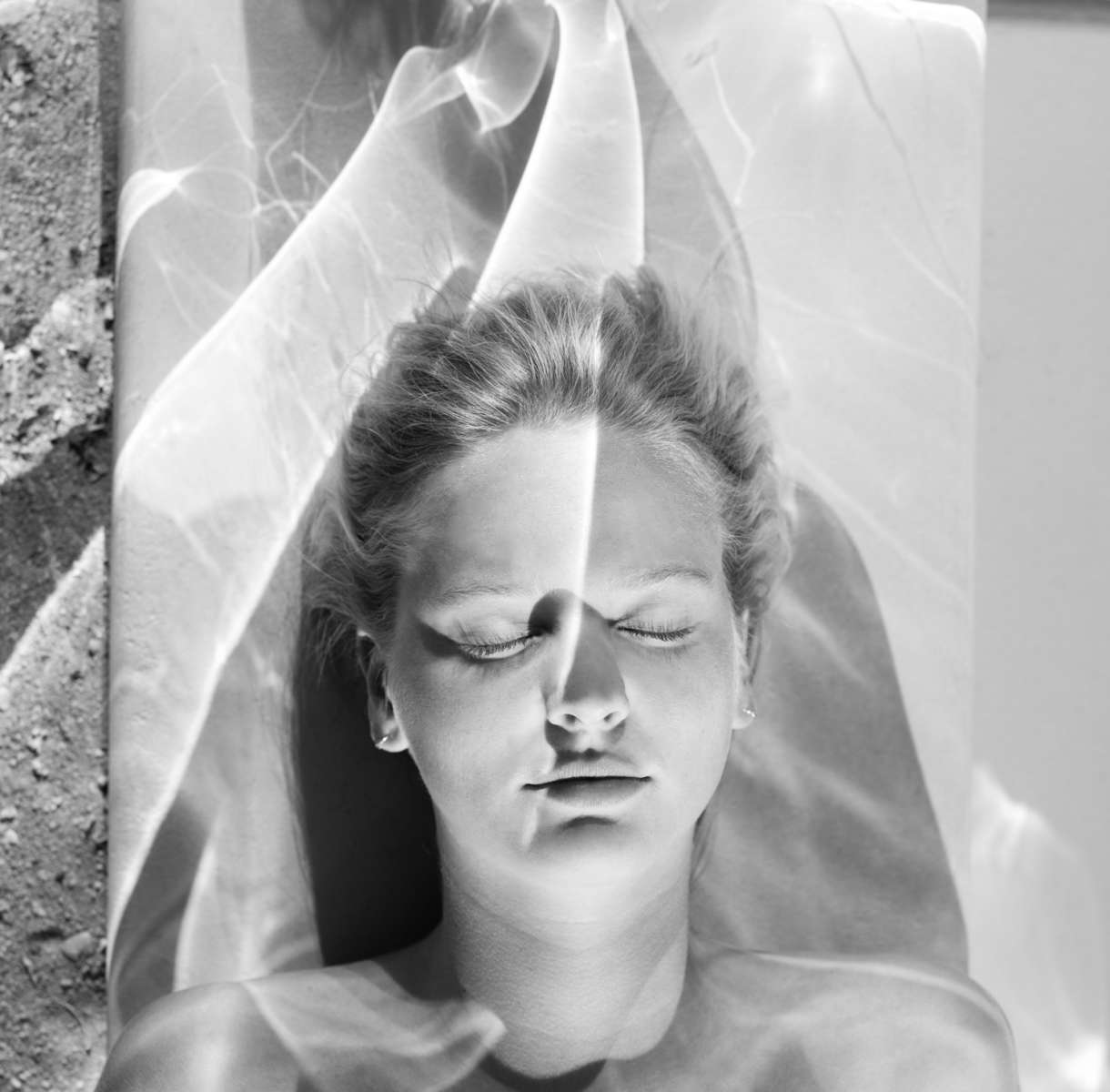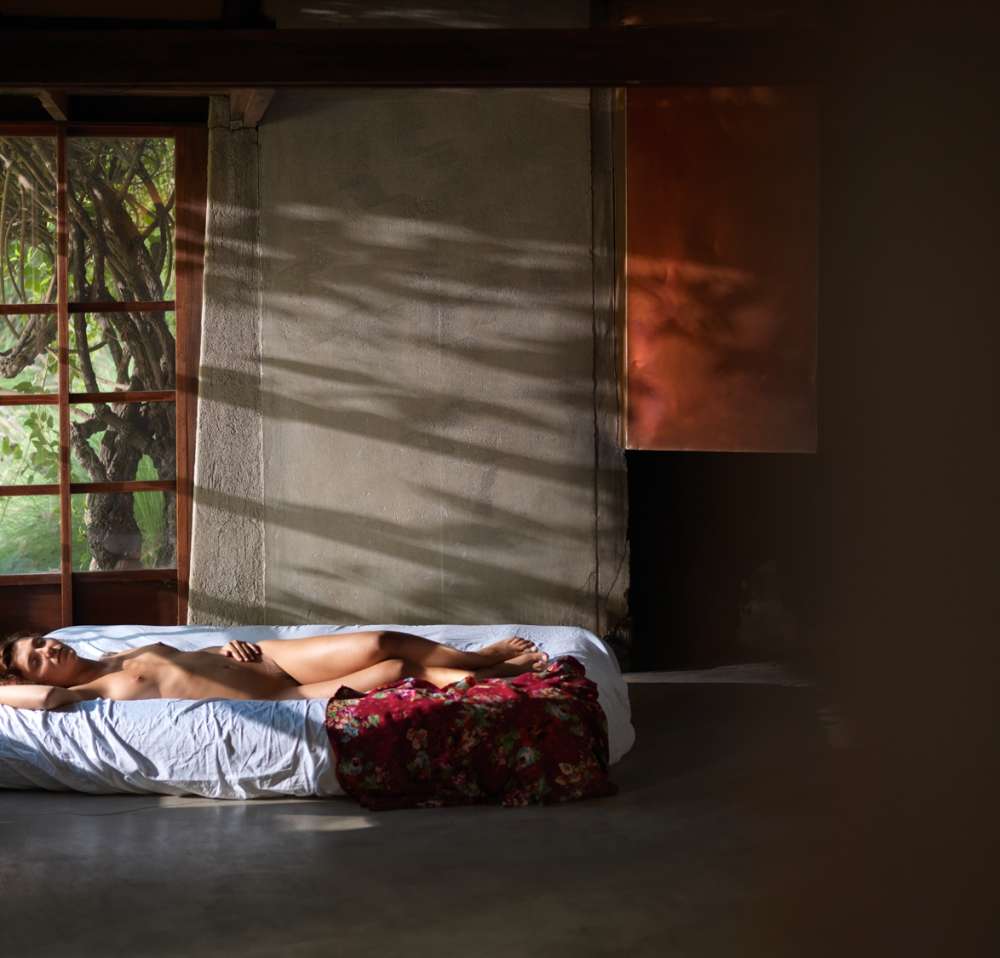Los Angeles seems literally made of light. Most days, an unbroken blaze shines down from cloudless skies where palm trees casually sway, casting every detail of the city’s surfaces in forensic focus until they eventually disintegrate into the pink-hued explosion of sunset. Even as the light fades, neon signs illuminate shop fronts and sidewalks, parades of hazy red-and-white orbs make freeways glisten, and, viewed from the surrounding hills, the whole sprawling mass shimmers quietly. The bright lights of movie theater marquees beckon toward projected illusions inside and remind us that cinema chose Hollywood, in part, for its year-round promise of gleam. As the film industry flourished in the 1910s and ’20s, architects flocked here too, entranced equally by the city’s special quality of light and by the avant-garde spirit of freedom and inventiveness that inspired new ideas about “modern” living.
Schedule an appointment here.



